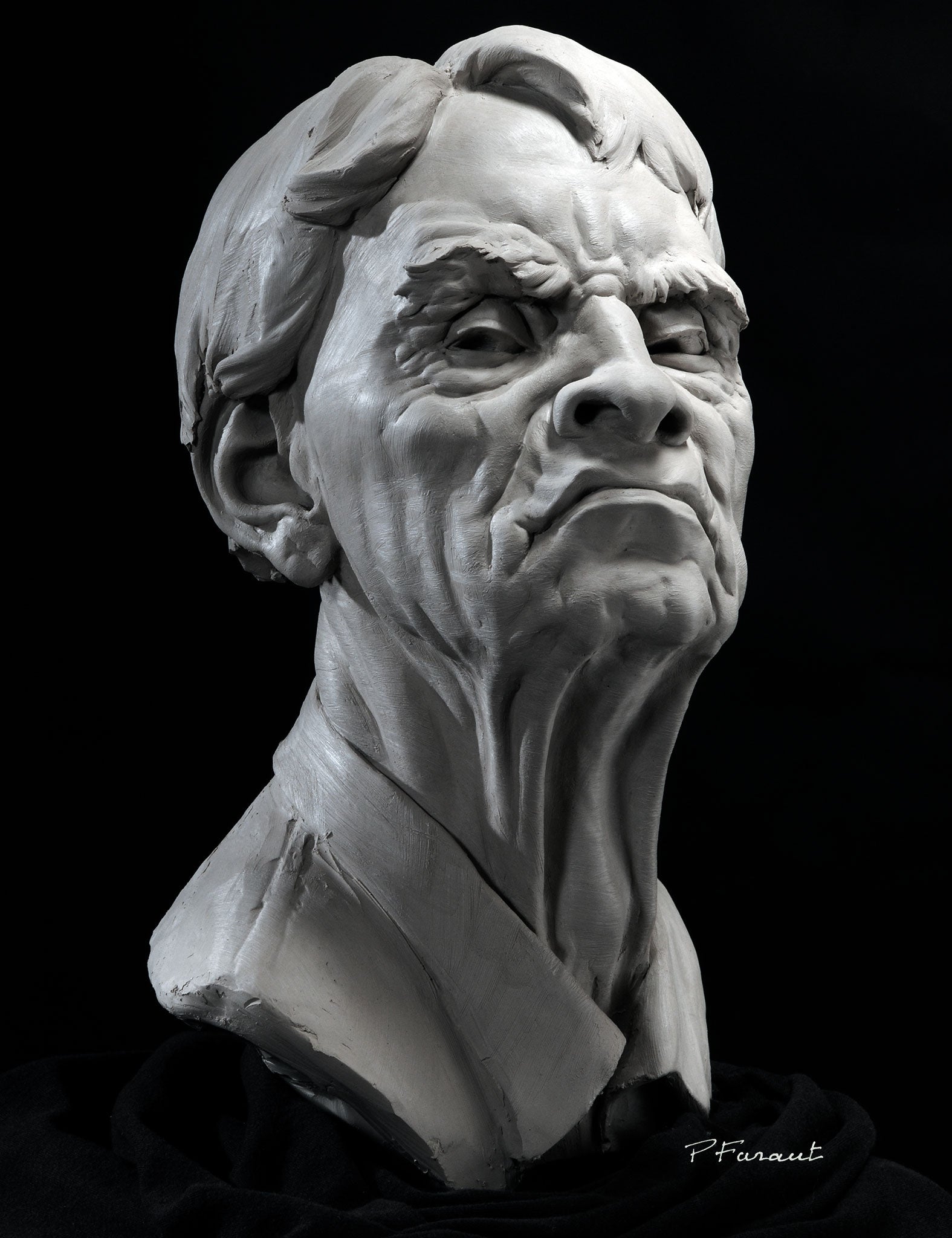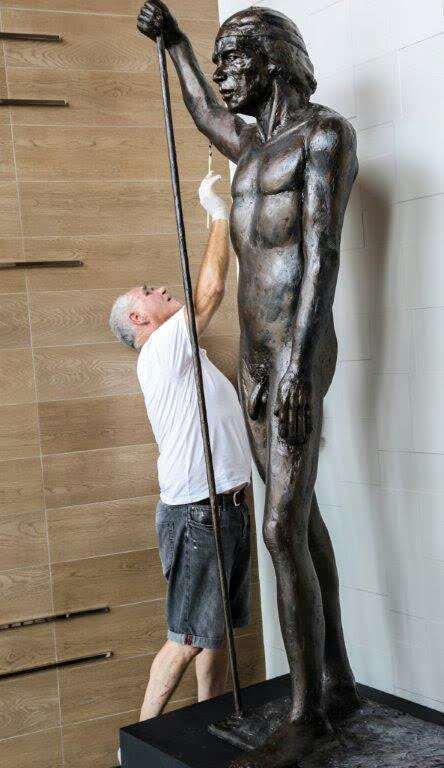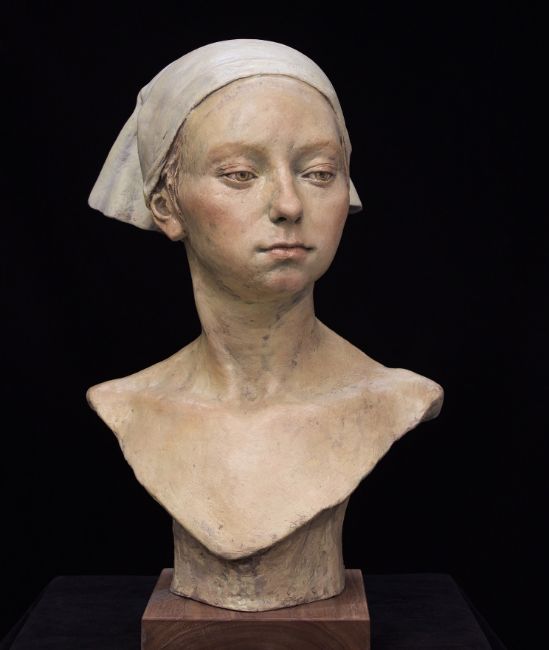Shaping the Human Type: Portrayals of the Body in Sculpture
Sculpting the Human Type: Representations of the Body in Sculpture is an extensive expedition of the artistic representation of the human body throughout background. From the beautiful marble sculptures of ancient Greece to the complex work of arts of the Renaissance, from the flamboyant and ornate Baroque and Rococo sculptures to the avant-garde and abstract expressions of contemporary and modern sculpture, this event uses an exciting trip through the advancement of this timeless art form.
Old Greek Sculptures

Among the defining characteristics of Old Greek sculptures is their emphasis on symmetry. Each part of the body is carefully crafted to be in percentage to the whole, developing a sense of equilibrium and harmony. The artists paid cautious attention to every information, from the placement of muscular tissues to the positioning of limbs, guaranteeing that each figure appeared both effective and stylish.
The Greeks also valued the concept of idyllic charm. As opposed to illustrating the blemishes and flaws of the human kind, they sought to develop an idyllic variation of reality. The sculptures often represented athletes, sirens, and gods, with their bodies sculpted to excellence. Figurative Sculptures. This idyllic portrayal of the human kind not just renowned physical elegance yet also served as a way of motivating and uplifting the customer.
Renaissance Masterpieces
Proceeding the expedition of the representation of the human form in sculpture, Renaissance masterpieces better refine the idyllic idea of beauty, building upon the unified and in proportion proportions of their Ancient Greek predecessors. During the Renaissance duration, which covered from the 14th to the 17th century in Europe, artists looked for to restore the classical perfects of old Greece and Rome. They examined and imitated the works of the old masters, pursuing a practical representation of the body.
Among the most distinguished Renaissance carvers was Michelangelo Buonarroti. His work of art, the sculpture of David, exemplifies the perfection and poise that ended up being synonymous with Renaissance art. Standing at over 17 feet tall, the sculpture represents the biblical hero in a state of calmness prior to his battle with Goliath. David's muscular physique, captured with phenomenal detail, exposes the artist's proficiency of human composition.
Another noteworthy Renaissance sculptor was Donatello. His sculpture of Saint George, created in the very early 15th century, showcases the musician's capacity to communicate toughness and the aristocracy through the human type. The sculpture portrays the famous dragon-slaying saint in a poised and positive position, exhibiting a feeling of heroism.
Renaissance masterpieces not just commemorated the physical elegance of the body however also conveyed deeper feelings and definitions. Through their meticulous focus to information and proficient craftsmanship, Renaissance artists elevated the art of sculpture to brand-new heights, leaving a lasting tradition that remains to influence musicians to this particular day.
Rococo and baroque Sculpture
Rococo and baroque sculpture exhibits the elaborate and elegant portrayal of the human form throughout the 17th and 18th centuries. Artists such as Gian Lorenzo Bernini and Alessandro Algardi produced sculptures that conveyed activity, usually showing figures in dramatic positions.
Rococo sculpture, on the other hand, emerged as a response to the grandiosity of the Baroque duration. They often portrayed figures in sensual and stylish postures, mirroring the easy going and whimsical nature of the Rococo design.
Both Baroque and Rococo sculpture positioned a wonderful focus on the human form, celebrating its beauty and expressing a variety of feelings - Portrait Sculptor. Whether it was the dynamic and powerful numbers of the Baroque or the graceful and charming numbers of the Rococo, these sculptures captured the essence of the human experience, leaving a long-term influence on the art globe
Modern and Contemporary Sculpture
The advancement of forming the human type proceeds in modern-day and modern sculpture. Modern sculpture emerged in the late 19th century as a response to the changing political and social landscape.
In the 20th century, the increase of abstraction and conceptual art brought new possibilities for carvers. Artists like Henry Moore and Barbara Hepworth explored the partnership in between form and area, creating abstracted and natural figures that challenged typical notions of representation. Moore's huge bronze sculptures and Hepworth's carved rock jobs are celebrated for their ingenious use of materials and their ability to stimulate a sense of the body in a non-literal means.
Contemporary sculpture continues to press the borders of depiction and discover new products and methods. Musicians like Antony Gormley and Ron Mueck create hyper-realistic sculptures that challenge our understanding of the human body, while others, such as Louise Bourgeois and Kiki Smith, make use of the body as a metaphor for collective and personal experiences. The human type continues to be an effective topic in sculpture, giving a platform for musicians to explore identity, emotion, and the human problem.
Social Viewpoints on the Body

In the exploration of forming the human type, the evaluation of social viewpoints on the human body reveals a abundant and varied tapestry of depictions and analyses. Throughout history, different cultures have actually held distinct beliefs and worths concerning the human body, resulting in distinct creative expressions - Robert C Hitchcock Sculptor. These social perspectives shape the means the body is illustrated and viewed in sculpture, mirroring societal standards, faiths, and aesthetic ideals
As an example, ancient Greek sculptures commemorated the idealized human form, stressing physical appeal and athleticism. The sculptures represented gods, heroes, and athletes with perfectly proportioned bodies, personifying the Greek principle of physical excellence. In contrast, old Egyptian sculptures concentrated on the conservation of the body in the immortality, depicting figures with idealized features and inflexible postures. The Egyptians thought that the body must be offered in such a way that guaranteed its eternal existence.
Similarly, cultural viewpoints on the human body in African art frequently stress public identification and spiritual ideas (Equine Sculptures). Sculptures from different African cultures depict the human body with exaggerated functions, signifying ancestral links and social values. Indigenous societies in the Americas additionally have unique perspectives on the human body, typically portraying it in a spiritual context and highlighting the connection between human beings and nature
The assessment of social perspectives on the human body in sculpture permits us to acquire understanding into the worths, beliefs, and visual appeals of different societies throughout history. It highlights the diversity of human experiences and the ways in which art mirrors and forms our understanding of the human kind.

Verdict
Finally, the portrayal of the human body in sculpture has actually advanced over time, reflecting different social perspectives and imaginative activities. From the idyllic numbers of Old Greek sculptures to the reasonable and stirring Renaissance work of arts, and the complex information of Baroque and Rococo sculptures, to the abstract and experimental kinds of modern-day and modern sculpture. The body has been a subject of attraction and creative exploration throughout history, showcasing the varied analyses and expressions of the human type.
Shaping the Human Type: Portrayals of the Body in Sculpture is a thorough exploration of Check Out Your URL the artistic representation of the human body throughout history. From the beautiful marble sculptures of old Greece to the elaborate work of arts of the Renaissance, from the ornate and flamboyant Baroque and Rococo sculptures to the avant-garde and abstract expressions of modern and modern sculpture, this exhibit provides a captivating trip with the evolution of this ageless art kind. Musicians like Antony Gormley and Ron Mueck create hyper-realistic sculptures that test our understanding of the human body, while others, such as Louise Bourgeois and Kiki Smith, use the body as an allegory for individual and cumulative experiences. The human type remains a powerful subject in sculpture, offering a platform for artists to explore identification, feeling, and the human condition.
From the idealized figures of Ancient Greek sculptures to the realistic and emotive Renaissance masterpieces, and the intricate details of Baroque and Rococo sculptures, to the abstract and experimental types of modern and modern sculpture.